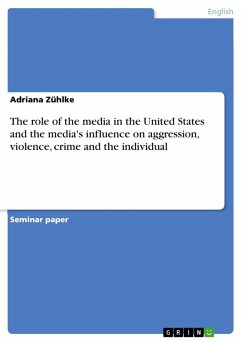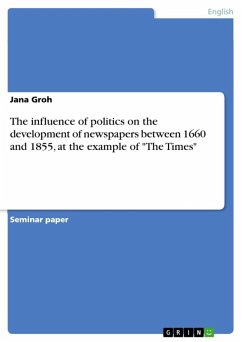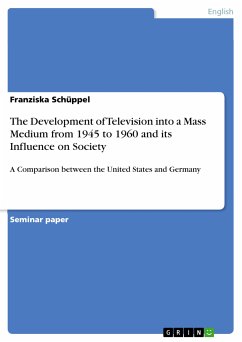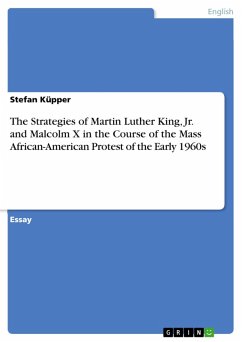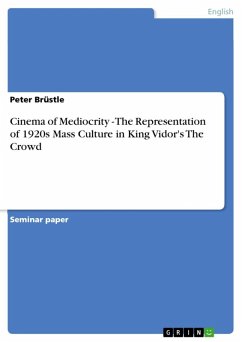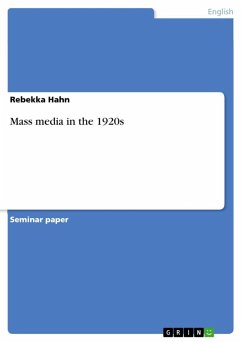Seminar paper from the year 2007 in the subject English Language and Literature Studies - Linguistics, grade: 1,7, University of Hannover, language: English, abstract: In the Western world in this day and age, it has become impossible to imagine things without mass media. They are omnipresent and frequently keep us company in our daily routine. Media products could not be more diverse: they range from newspapers and countless other written products over radio- and television broadcasting to the internet, video games, and motion pictures. Their diversity as well as their consistent further development make mass media a fascinating field of investigation, and there are more and more schools and universities across the globe which concentrate on mass media, its history, its future prospects, and various other aspects. The influence attributed to media constitutes a controversial topic. While fulfilling numerous valuable functions, such as circulating information and thereby contributing to education, there might also be some negative effects resulting from exposure to certain means of mass communication, which at this point can only be speculated. In recent years, following some shocking high school shoot-outs , media effects have become a widely-discussed topic and hence attracted lots of public attention. Do acts of violence seen on television or depicted in video games have a wider impact on adolescents than on adults? As a matter of fact, the media themselves contribute to their own disreputability by making trivialised statements about their direct influence on youths' demeanour (Bonfadelli 2004: 9). But aside from this rather explosive issue, how do media influence adolescents' daily life, e.g. their language use? Schlobinski and his research fellows Kohl and Ludewigt raise this question in their essay's introduction (1993: 149). In the past, media were frequently accused of having an enormous influence on adolescent language use: Neil Postman's works (1982; 1985) are mentioned, which basically blame the media for 'polluting' young people's language, causing intense discussions about this topic (Schlobinski/Kohl/Ludewigt 1993: 149).
Dieser Download kann aus rechtlichen Gründen nur mit Rechnungsadresse in A, B, BG, CY, CZ, D, DK, EW, E, FIN, F, GR, HR, H, IRL, I, LT, L, LR, M, NL, PL, P, R, S, SLO, SK ausgeliefert werden.



